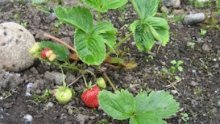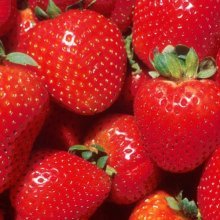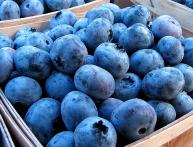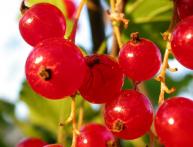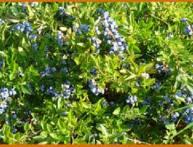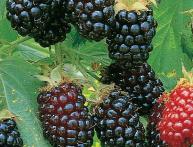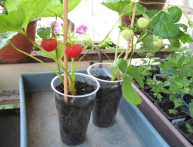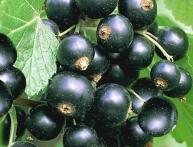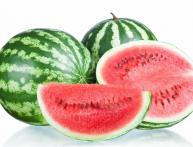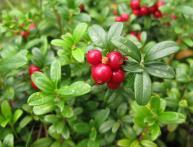Strawberry Corona and its cultivation
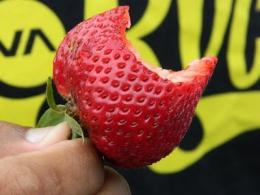
Strawberries are perhaps the most common berry in summer cottages and garden plots. Its advantages: delicate taste, large berries, vitamin content have long been appreciated by both adults and children.
Absolutely everyone plants berries, sometimes using not the most best varieties of strawberries. But you always need to know a sufficient amount of information about a particular variety in order to be sure to get a good harvest. In this article we will pay attention to strawberries with the proud name Corona and will try to talk about how to grow this variety of berries.
Content:
- Taste and ripening period
- Some growing features
- Selecting a site
- Fertilize the earth
- We are starting to land
- Taking care during maturation
- After harvest
- A spoon of tar
Taste and ripening period
Strawberry Corona was first bred in Holland and has taken root well in our country. Central Russia does not indulge in warmth in the winter months, but this variety of strawberries survives frosts well. And resistance to such an insidious disease as powdery mildew makes this variety even more welcome in our cold climate.
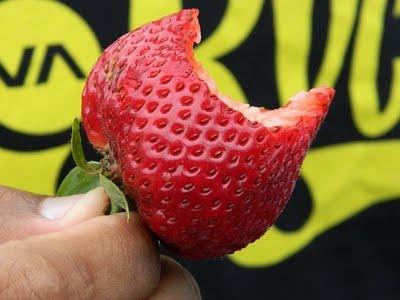
The taste of the Korona strawberry is not even bad: the berry is tender, fragrant and sweet. And the size of the strawberry is quite impressive: from medium to large. Its color is normal, the same as a strawberry should be: bright red or dark red, and the surface of the berry seems to be glossy.
The variety usually ripens around mid-June, so it is classified as a mid-early variety based on the ripening of the fruits themselves.
The berries are quite strong, and therefore they can be transported over long distances. The appearance will not change at all.
Some growing features
Growing strawberries in open ground much more difficult than in greenhouses, because there is a high risk that the berries will not ripen either due to weather conditions or due to diseases and pests. But, if you can successfully cope with these difficulties, then in return you will receive what you expected: a good harvest of tasty and healthy berries.
Selecting a site
At the very beginning, we need to decide on the choice of site where our strawberries will grow. The best thing that land will dowhere legumes or grain crops used to grow. It is believed that such previous “inhabitants” loosen and disinfect the soil. But if there are no such beds, then the land on which nothing grew, that is, virgin soil, is quite suitable. Having carefully dug it up with a walk-behind tractor or a shovel, you will get an excellent bed for a strawberry harvest.
If there is no suitable soil, then let it be soil that has rested for a year or two. We will plant our seedlings on such a ridge. But here you need to take into account a few more things: the place for the strawberry bed should receive enough light and be protected from constantly blowing winds.
In winter, there will be enough snow in such a place, which means that the berry bushes will be able to survive without changes or damage. Otherwise, in the absence of snow protection, in summer the strawberries may well grow small and their shape will be completely irregular.
Fertilize the earth
Do not forget that the bed must be well fertilized with humus. And as a mineral fertilizer, use nitrogen, phosphorus and potassium fertilizers, which must be applied either in spring or autumn. With good feeding you should also have a good harvest. Strawberries, of course, can grow on any soil, but black soil and good fertilizer are still preferable for a successful harvest. Wood ash added before digging is a good way to fertilize the soil.
We are starting to land
Seedlings of the Korona variety, previously purchased in a special store, are planted in beds approximately a meter wide. When purchasing, you should carefully consider the bushes: their root system should be well developed.
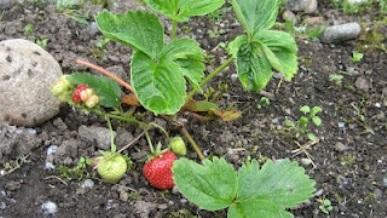
Landing bushes are planted into holes at a distance of at least 50 cm from each other. This way you don’t risk thickening your garden bed. And the time at which the work will be carried out should be in early spring, late summer or the very beginning of autumn. The hole in which the strawberries were planted should then be thoroughly watered. That's all. The landing is now complete!
Taking care during maturation
Keep in mind that you will have to fight weeds for a long time and tediously. They need to be cleaned constantly. Mulching will come to the rescue, for which pine needles, sawdust, cardboard, straw and film are used.
Don't forget to water the strawberries, but don't fill them with water. And, of course, trim the mustache and feed it with nitrogen or even complex fertilizers during the season.
To prevent ripe berries from rotting under their own weight, try adding dry sawdust or hay under the flowers. This way you can save your harvest for sure.
But for birds who love to eat ripe berries, you need a special remedy: build a scarecrow in the garden bed, but one that makes it rustle and wave something. This could be an old cassette tape wrapped around stick hands, or something else suitable for this purpose.
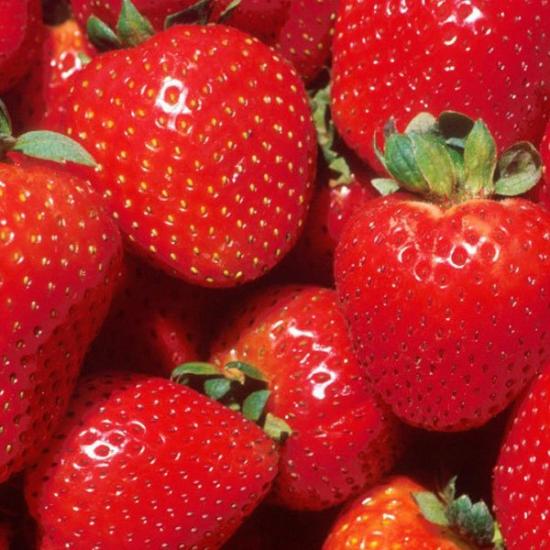
As for pests, then recently it has become fashionable to destroy them with beneficial insects, the so-called entomophages. If this is not possible, then special solutions used for spraying are suitable.
After harvest
Once the entire crop has been harvested (around the end of July), trim off any excess tendrils and cover each bush with straw. This way you can get another good harvest next year.
A spoon of tar
Strawberry Corona is a very delicate berry and can easily wither if not properly cared for. Very often, the leaves can be affected by white spotting, and the entire berry may well become infected with gray rot. This variety needs to be grown correctly!
If you thought that the advice in our article was too complicated and that you might not be able to cope with Corona strawberries, then this is not at all the case. There is nothing complicated, actually. With proper care, this berry will generously give you a good harvest in the first year.

